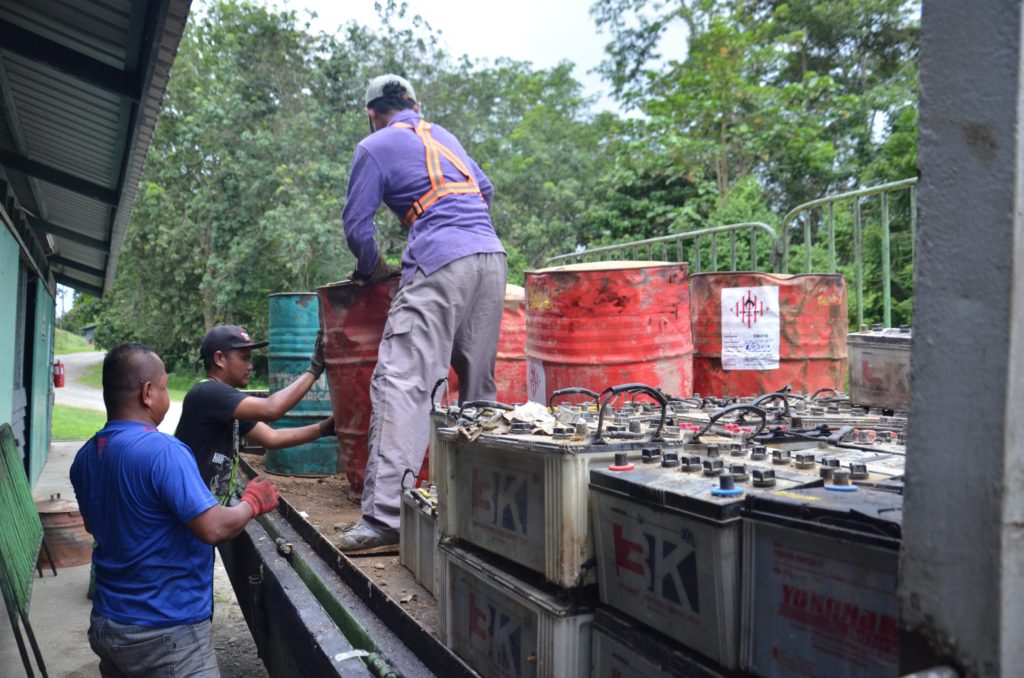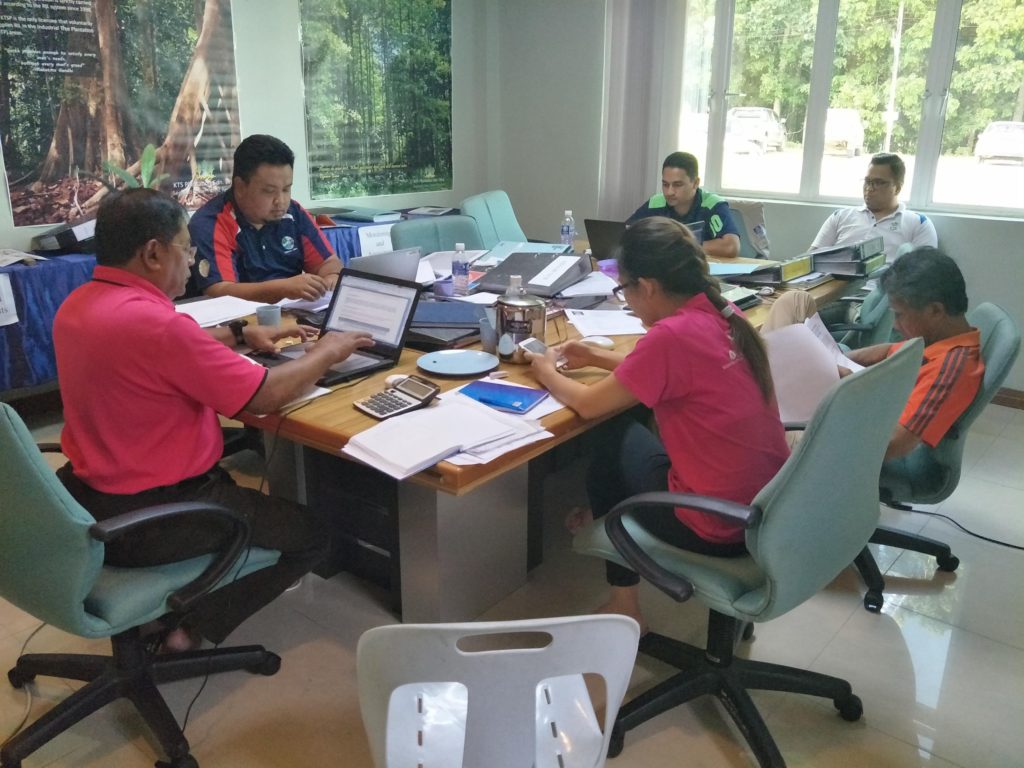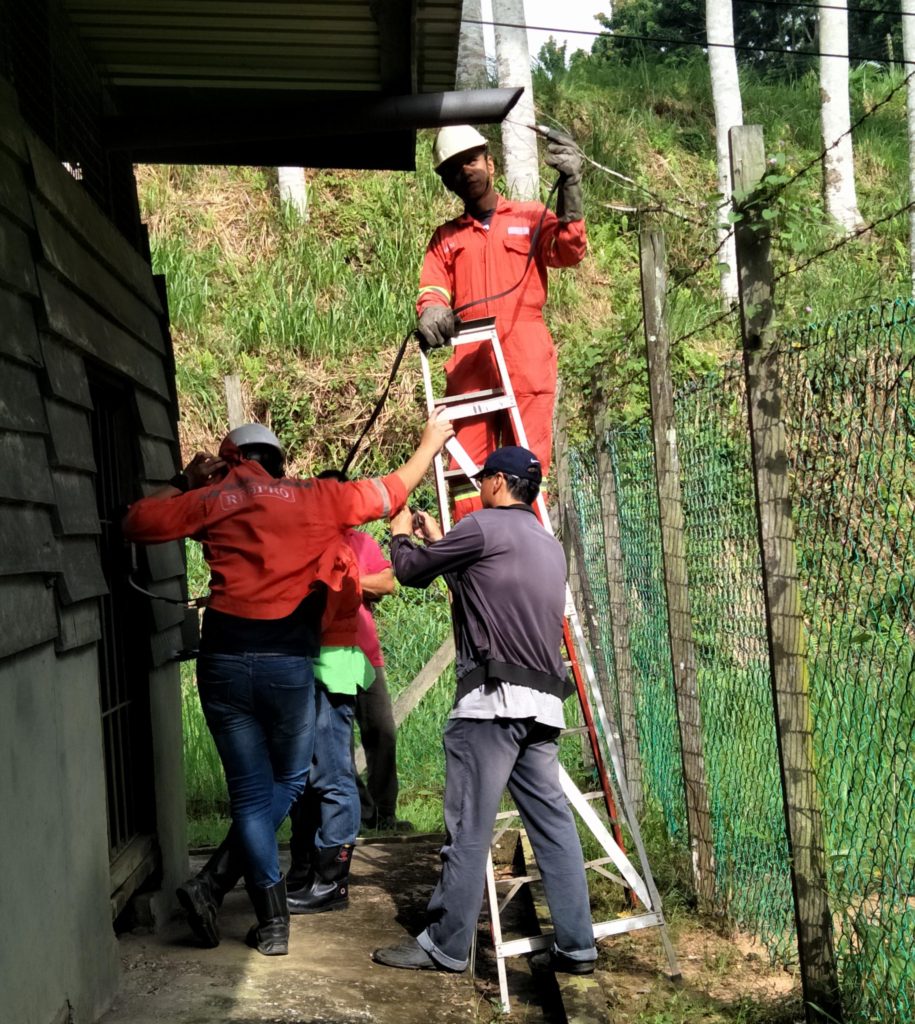The management is using two independent standards to measure the performance in SLFR which are:
1. Malaysian Criteria and Indicators for Forest Management Certification [MC&I SFM]
2. ISO14001:2015 Environment Management System.
Forest Rehabilitation
Significant beneficial impact: Point 2 and 3 merge.
MC&I SFM
The MC&I SFM adopted the format and structure of the Forest Stewardship Council (FSC) principles and indicators for assessing forest management practices for the purpose of certification. MTCS was eventually endorsed by the programme for the Endorsement of Forest Certification Schemes (PEFC) with effective 1 May 2009. Thestage2assessment was conducted in 2009 where no major non-conformance was issued by the accredited certification body.
In December 2009, SLFR was awarded the first MTCS-PEFC forest management certificate in Malaysia.
In 2013, a revised timber certification scheme, MC&I (Natural Forest) was introduced. KTSP was certified under the new scheme in May 2013.
In year 2020, MC&I SFM was formally introduced and KTSP has undertake the new scheme in year 2021.
Environment Management System
KTS Plantation implemented Environment Management System (EMS)since 2003 based on the standards and requirements of ISO14001andwas certified in 2005. The scope of certification covers all the forest management activities within the forest concession. In linewiththeISO14001 requirements, the following Environmental System Procedures(ESP) were established and implemented.
- Environmental Manual
- Risk and Opportunity Assessment
- Environmental Aspects and Impacts
- Legal & Other Requirements
- Environmental Objectives, Targets & Programmes
- Competence, Training & Awareness
- Communication (Internal & External)
- Documentation and Control
- Environmental Operations Control
- Emergency Preparedness & Response
- Monitoring, Measurement & Legal Compliance
- Non-conformity, Corrective Actions & Prevention
- Records Control
- Environmental Internal Audit
- Management Review
KTS Plantation had evaluated the forest management activities whichhad significant environment impacts. Both the beneficial andadverseimpacts were assessed. Three methods of evaluation wereusedtoidentify the significant aspect and impact namely the CoreBusinessEvaluation, Quantitative Evaluation Method and CollectiveEvaluationMethod. The identified significant environmental aspects arelisted below.
| No. | Significant beneficial impacts |
| 1. | Reduce Impact Logging |
| 2. | Establishment of tree plantation |
| 3. | Enrichment planting |
| 4. | Establishment of Forest Management Plans |
| No. | Significant adverse impacts |
| 1. | Depletion of natural resource – Diesel |
| 2. | Soil compaction |
| 3. | Water impairment |
| 4. | Contaminated mediums |
| 5. | Contaminated containers |
| 6. | Spillage of oil |
| 7. | Used oil or lubricant |
| 8. | Spillage of hazardous chemical |
| 9. | Hazardous chemical spill into water ways |
| 10. | Disposal of spoil vehicle batteries |
| 11. | Damage to vegetation |
| 12. | Habitat disturbance |
| 13. | Hazardous exposure to operator safety |





